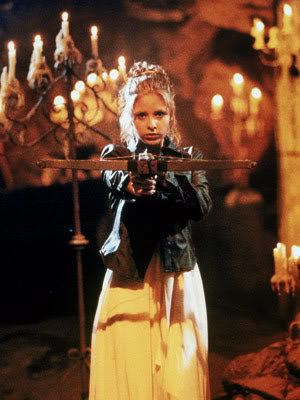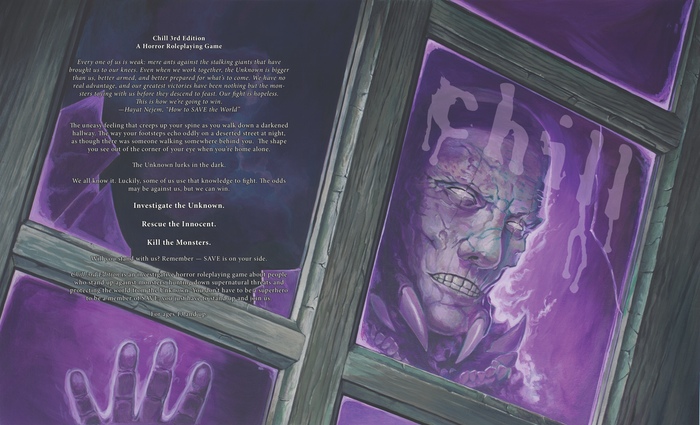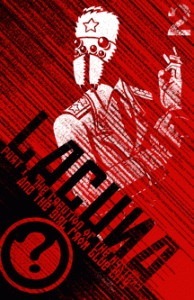A year ago, the topic was What’s your favorite licensed game?, which complements the this year’s “What game would you like to see licensed?” question. My answer still remains the same, although I’d add a third runner-up: the Ghostbusters RPG from West End Games.
Here’s my response from last year:
Second runner-up would be Marvel Heroic Roleplaying from Margaret Weis Productions. It’s the first superhero game I’ve played where the game actually felt like a comic book. Our cosmic-level hero was ripped out of space and time to be rebuked by his superior for all the choices he made, right in the middle of a huge fight, with the mental battle against the angelic supervisor just as important as the physical battle against Ultron. It felt just like a comic book – a Marvel comic book.
First runner-up is the Star Wars line of role-playing games from Fantasy Flight Games. I have only run a few games with that as a one-shot, but man, do I love the system and the way that players can have input into what’s happening. While I liked the d6 system from West End Games, the FFG versions seem to add more action and adventure into the game session. Plus, the artwork and layout of the line is fantastic.
 The two above are great games and are serious contenders for the top spot, but I have to give that to Eden Studio’s Buffy: The Vampire Slayer. The writing style (and overwrought trade dress) are perfect to drop the player right into the setting. The Cinematic version of Unisystem was developed for the action movie feel displayed in the show, much how the Heroic version of Cortex Plus was developed for Marvel, above. The terminology for skills – fighting with weapons was termed “Getting Medievalâ€, shooting was “Gun Fu†– echoed the Buffiness of the setting.
The two above are great games and are serious contenders for the top spot, but I have to give that to Eden Studio’s Buffy: The Vampire Slayer. The writing style (and overwrought trade dress) are perfect to drop the player right into the setting. The Cinematic version of Unisystem was developed for the action movie feel displayed in the show, much how the Heroic version of Cortex Plus was developed for Marvel, above. The terminology for skills – fighting with weapons was termed “Getting Medievalâ€, shooting was “Gun Fu†– echoed the Buffiness of the setting.
Not only is B:tVS fast to play, it’s also low on prep – a huge bonus for GMs like me. Players stat out their characters, breaking them down into about twenty skills plus a handful of attributes. Antagonists only have three stats to keep track of. It’s a good mix of traditional roleplaying game character creation for the players and ultra-simple light gaming for the GM. (It also made me realize that I didn’t have to play the same game that the other players were. To create a Blue Planet character, you have to go through this insane lifepath system (for NPCs, too!). While the players did that, all the NPCs they met were effectively Ghostbusters characters with Muscle, Moves, Brains, and Cool.)
The action is all on the heroes too: if you play Buffy, it’s the players making all of the dice rolls (which felt very strange the first time I played it).
Even though I haven’t played it in years, Buffy is one of the older RPGs that I still own in print format. It’s just that good.

 In Lacuna, you’re basically travelling into the land that everyone travels to when they dream. You’re hunting down serial killers in this dreamland — the murderer has already been caught and is sleeping right next to you — where you can cleanse his or her personality. It’s heavily implied that your characters were psychopaths who had been cleansed in the exact same manner. It’s also implied that the organization behind this rehabilitation isn’t reliable.
In Lacuna, you’re basically travelling into the land that everyone travels to when they dream. You’re hunting down serial killers in this dreamland — the murderer has already been caught and is sleeping right next to you — where you can cleanse his or her personality. It’s heavily implied that your characters were psychopaths who had been cleansed in the exact same manner. It’s also implied that the organization behind this rehabilitation isn’t reliable.